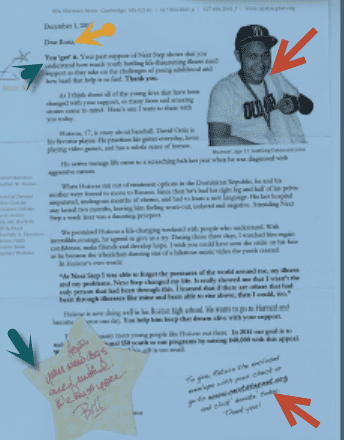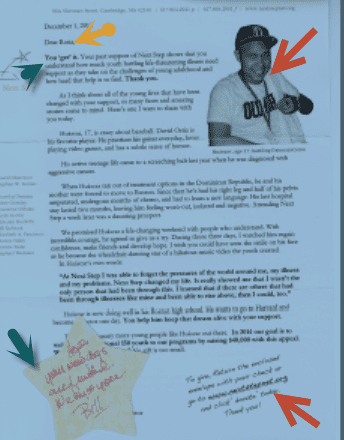I want to speak to you from my heart.
I went into nonprofit consulting because you do great work. Each day, every day, you give your time, your creativity, and your compassion toward making out world a better place.
During the Covid-19 pandemic, your work is especially needed. And yet, I worry that after this pandemic, many nonprofits will be severely injured. Some may even have to close.
Why?
Because our sector was not prepared.
I am not talking about preparation for the disease. It’s not the lack of face masks or surgical gloves–or even the learning curve involved in trying to do all our work online–that’s going to do many nonprofits in.
No.
Many nonprofits were not prepared for the current crisis because they haven't stockpiled loyal donors. Share on XWe are seeing right now, if we didn’t before, that we cannot rely on the federal government to get us through the crisis. But we could not rely on them before the pandemic, either.
The same is true for state governments. Some nonprofits are better off than others because our governors and legislators have more foresight than those in other states. All states have to balance their budgets, however, and with their economies flatlined, they don’t have money to spare.
Foundations? I agree with Vu Le of the Nonprofit AF blog: foundations could be helping out more right now by turning all the grants they’ve given for this year into unrestricted money, so you could spend it where the need is greatest.
Mostly, however, they are not doing that. And next year, they will have less investment income. Unless they dip into their endowments, we will see less money from foundations, too.
The only ones that nonprofits can rely on are our loyal donors. And we have too few of them.
You can read the statistics as well as I can. From year to year, the percentage of first-time donors who give again to our nonprofits is getting smaller and smaller.
The most consistent donors are people in the Baby Boom generation who have given over and over again for years. There were always going to be fewer of us Boomers as time went on. Covid-19 is taking some of us (and our parents, and a few of our children) before their time.
It’s vital to nonprofits to create loyal donors–and keep the ones you have. The organizations that have made good friends of their donors over a period of years are the ones that are going to survive the pandemic. Others will be casualties.
So why are we ignoring our loyal donors?
We acknowledge their gifts online immediately, but we sound like robots instead of human beings.
We send thank-you letters by mail, but we sound self-important instead of grateful.
Most important: in our communications between asks, and in our asks, we sound like we are talking to a crowd. We give no indication that we know who this donor is, and what he, she, or they care about. (Including their pronouns, and even their names!)
If we had spent the past few years:
- Collecting the right contact information for each donor
- Surveying them about their interests
- Segmenting our mail and email lists
- Sending messages to each segment based on what they want to hear about
- Telling stories about why their support is needed
- Making the donor the hero of the story, and
- Helping them feel that donating to you is how they do the good things they want to do in the world, and that they couldn’t do it without you (not the other way around)
…then we would not fear the pandemic or the recession that will follow. We would have donors we could trust.
I want to suggest that it’s not too late.
There are a lot of things we can’t do while social distancing. We’ve cancelled Spring galas and fundraising events already, and a lot of those road races and golf tournaments are just not happening this year.
Please, give yourself some credit. You are doing the best you can under difficult circumstances. It’s time to sit back, take a breath, and look at what you can actually do.
What if you put the time you would have spent planning events into creating loyal donors?
Maybe you never had the time to go through your database before and separate it into people who support your nonprofit because of this reason or that reason. Now is the perfect time to get started.
Maybe you don’t know enough about the donors to segment the list as you’d like. Give donors a call and ask, first, “How are you doing? Can we help?” and second, “What made you support this nonprofit in the first place, and why do you keep on supporting it?” Write it down!
Then, hold them close. Communicate more than you ever have before.
And that way, when we come out the other side of this global disease, your nonprofit will have better, closer, more loyal friends than you ever had before.
Please feel free to steal ideas from Fundraising Tuesdays on this blog to help you move ahead. And please let me know how else I can serve your nonprofit.
Best wishes,
Dennis


 Next Step
Next Step